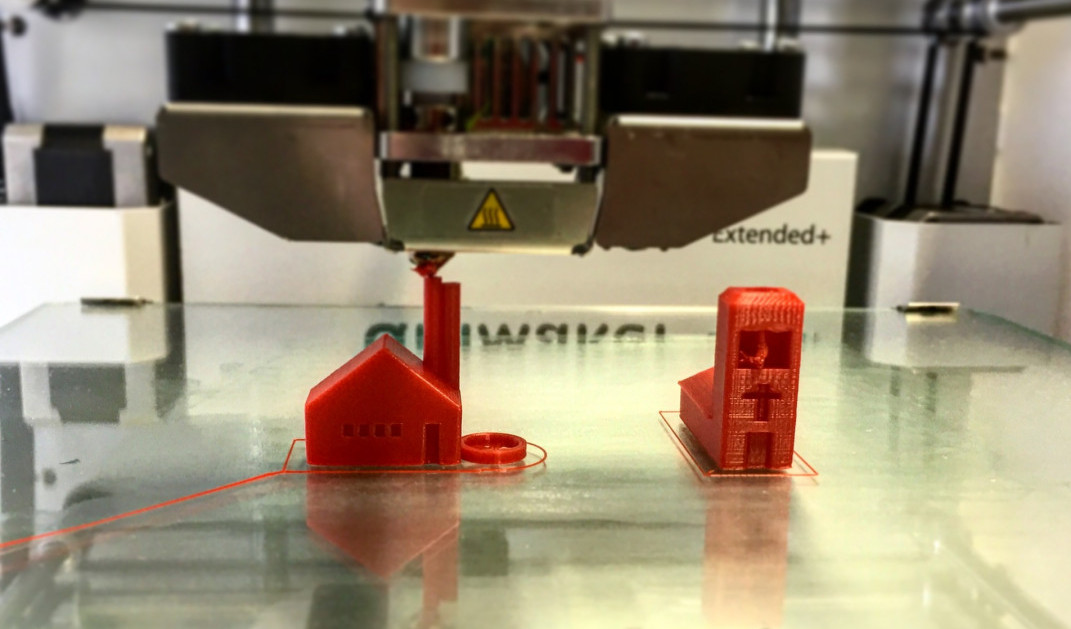Is your 3D printer slowly killing you? DIY3DTech.com did an air quality study for 3D printers to find out. After publishing a ten episodes on YouTube, Joseph Campbell has now has the results.
Sure, every other day we’re told about something new which will give us cancer. But, is it the case that 3D printers could actually be causing long-term problems for our lungs?
To find out, Joseph Campbell, the maker behind DIY3DTech, came up with a whole YouTube series exploring this idea. But, he points out at the beginning of his latest summary video that he is by no means a doctor or chemist, nor did the use the best lab equipment available.
He also adds that his meter costs just $100 from IGERESS, meaning it’s not the highest-quality option on the market. Campbell notes that his meter may not be able to detect all hazardous particulates, including styrenes.
However, it’s certainly an interesting test and offers a guideline for what we can expect from 3D printers. Campbell also points out that he’s invested a lot of time in testing the materials and that his results aren’t simply based on one test, but a whole series. As a result, he has repeatable test results – a fact he wants to make clear to viewers early on.
Firstly, his summary video focuses on the particle emission count, which proves that ABS is the worst material in this regard. He adds that the count is actually above typical safety levels. The material also releases formaldehyde, unlike PLA, TPU, HIPS, PETG, ASA or nylon. Check it out for yourself:
Don’t Print ABS in Your Home?
Campbell concludes that from his tests it’s clear that we shouldn’t be printing ABS at home without external ventilation. He also adds that even when there is no distinct smell, it doesn’t necessarily mean there are no particles in the air.
However, he does say that “the goal this project is not to promote fear mongering, however, information as homes are not factories and 3D printing introduces pollutants which many homes in their design where not meant to deal with.”
But, his tests certainly offer food for thought. In fact, the PM2.5 count results are most worrying as the particles are so small and light that they stay in your home longer, causing an increase in the chance of them being inhaled by humans and animals.
According to Journal of the American Medical Association, long-term exposure to these aerosols can cause problems leading to a stroke or heart attack. But, hopefully, better ventilation can reduce the chance of such extreme cases.
Find out more about Campbell’s tests over on his channel – don’t forget to check out the air quality series, as well as other 3D printing videos including how he’s vented printers outside.
Source: Hackaday

License: The text of "3D Print Air Quality Study Reveals Health Risks with Certain Filaments" by All3DP is licensed under a Creative Commons Attribution 4.0 International License.